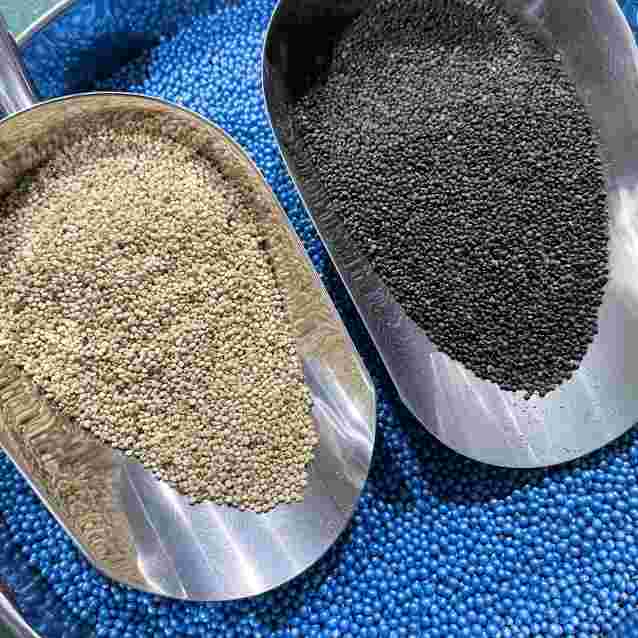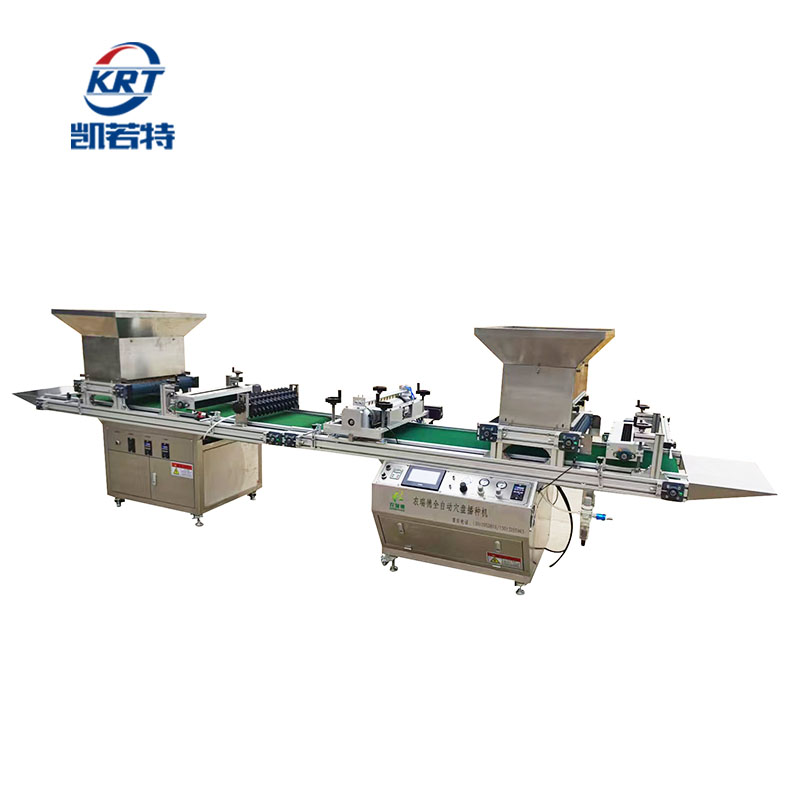Seed pelleting has the following benefits:
1.Improve seeding efficiencyThe pelleted seeds are more uniform in shape and size, making them suitable for mechanized seeding, increasing efficiency and reducing waste.
2.Improved seed mobilityPelleting makes the seed surface smoother, enhances fluidity, facilitates smooth flow in the seeder, and reduces clogging.
3.Precise control of sowing quantity
The pelleted seed size is consistent, which facilitates precise control of sowing amount, ensures reasonable density, and optimizes growth space.
4.Enhance stress resistancePelletizing materials can be added insecticides, fungicides, etc., to protect seeds from pests and diseases and adverse environmental effects, improve stress resistance.
5.Promote germination and growth
Pelletizing materials can contain nutrients and growth regulators to promote seed germination and seedling growth.

6.Reduce seed loss
Pelleting increases seed weight and reduces loss due to wind or water flow, especially for small seeds.
7.Easy to store and transport
Pelleted seeds are more resistant to storage and transportation, reducing mechanical damage and environmental impact.
8.Increase germination rate
Pelletizing provides better water and gas exchange conditions, promotes seed germination and increases germination rate.
9.Adapt to different sowing methods
Pelleted seeds are suitable for a variety of sowing methods, such as drill sowing, cave sowing and air sowing, to meet different agricultural needs.
10.Environmental protection and sustainability
Pelletizing materials can choose environmentally friendly ingredients to reduce the use of chemical agents and reduce environmental pollution.
Summary: Seed pelleting can improve seeding efficiency, improve seed performance, enhance stress resistance, promote germination and growth, reduce loss, adapt to a variety of seeding methods, and has environmental protection and sustainable advantages.






